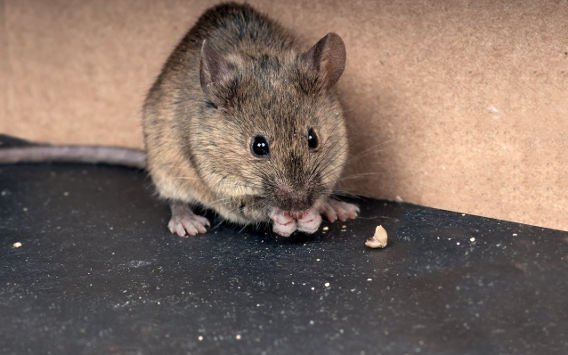- Services
- Pest Control In London
- Mouse Exterminator London
- Rat Control London
- Moth Control London
- Mouse Proofing
- Commercial Pest Control
- Bed Bug Treatments
- Cockroach Control
- Ant Control
- Wasp Nest Removal
- Pigeon Control
- Squirrel Control
- Carpet beetle Control
- Box Tree Caterpillar
- Fox Control
- Flea Extermination
- Pest Proofing
- Help
- About
- Blog
- Contact Us
Need a quote?












